Since the first indications of the end for the Leica CL, Macfilos columns have been full of lament. How could Leica simply abandon APS-C and ignore the need for an entry-level system camera? The arguments, which were overwhelmingly on the side of continuity APS-C, have been fierce. But what is done is done, and it is now time to look to the future. Any entry-level Leica seems to be a very remote possibility.
What about MFT?
Last week I made the tongue-in-cheek suggestion that Leica should rebadge a Lumix micro four-thirds camera and buy into the small format system. After all, I argued, Leica already gives its name to over a dozen excellent primes and zooms for MFT. The little GX9, with its retro styling, looks so much like the CL that hardly anyone would notice… Or maybe they would.
Surprisingly, our little survey showed that a majority of respondents (52% at the time of writing) would actually buy such a Leica MFT camera. Yet, despite its proxy presence with Leica DG lenses, the company has confirmed that it would not enter MFT, and I do not expect any change (despite the volte face on APS-C within no more than twelve months).
Entry price
So, where do we go from here? Entering the Leica mirrorless world now costs the best part of £5,000 (without a lens). Additionally, as we have discussed on Macfilos many times, not everyone wants a camera the size and weight of the SL2. I have no doubt that the CL, TL and the clutch of TL lenses will survive in the hands of enthusiasts and could well become classics in the vein of the X1 or X Vario. But for anyone wanting to buy into a new, lighter system, it looks like they will have to go elsewhere.
When it comes to APS-C cameras, there is a wide choice of brands, ranging from the old campaigner Fujifilm to the big boys of Sony, Nikon and Canon. I feel sure that many former CL fans will be tempted. In particular, they will migrate to Fuji cameras which have long been popular with Leica fans. But the range of excellent APS-C cameras is burgeoning at the very time when Leica has decided to withdraw from the market.
Canon R7
One reader, Steve Frankel, told us in a recent comment that he has just taken delivery of a Canon R7 to replace his CL: “A few months ago I was saying that I wanted a new model CL that was more weatherproof, had stabilisation, and an articulating screen. And the next thing I know, Leica discontinued the CL rather than upgrading it. Then, Canon announced the R7, which is apparently everything I wanted in an APS-C Leica. I sold two Leica lenses to pay for the R7, so I’m unlikely to return to Leica”.
Indeed, if you remain completely wedded to APS-C, Leica is now a dead end. You have to go elsewhere, and where better than to the R7 or one of those gorgeous retro-styled Fujis? The worry is that this decision could lead you firmly into another manufacturer’s camp for all your needs, including full-frame.
Perhaps it’s time for a complete reevaluation and a dose of lateral thinking. One alternative offers a lighter package, a very reasonable cost and the opportunity to stay within the Leica firmament. It’s not APS-C, but even that brings more advantages than disadvantages.
Outlier
It’s an outlier, but it makes much sense for a Leica user. Despite the non-Leica branding, the camera is integrated with the Leica system and fits in beautifully if you already own an SL variant. What’s more, it is smaller and lighter than some high-end micro four-thirds cameras such as the Panasonic GH6. This outlier is the Panasonic S5.
Don’t think it’s going to replace the CL in terms of size, as you can see from the table below. It’s not as light and handy as the CL, but it offers versatility for the Leica owner and provides a lighter 24MP alternative to the SL2-S.
| Camera | Height | Width | Depth | Weight |
| Lumix GH6 (MFT) | 100 | 138 | 100 | 823g |
| Lumix S5 (FF) | 98 | 133 | 82 | 714g |
| Leica CL (APS-C) | 78 | 131 | 45 | 403g |
Both the MFT GH6 and FF S5 (above) are larger and heavier than the old APS-C CL, although the S5’s height and depth are largely a result of the chunkier SLR styling, with the deep grip and the viewfinder pod. The ergonomics are excellent and provide a worthwhile compensation for the added millimetres.
The S5 has been around for nearly two years now but has never attracted the attention it deserves. It remains the cheapest, smallest and lightest full-frame camera based on the L-Mount system (with the exception of the Sigma fp, which is a different kettle of fish, as most of you will agree) and makes an ideal second-string body for the SL aficionado.
Too cheap?
Perhaps the camera is overlooked because it is inexpensive by the Leica standards we’ve become accustomed to. It can’t be any good at that price, can it? It’s cheaper than the CL, for instance, and less than half the price of the SL2-S, which shares a (said to be the same) 24MP sensor. Yet it brings full-frame benefits and integration with the Leica system.
Currently, the Lumix S5 can be had in the UK for £1,550, including tax. And for a paltry extra £150, you can add the surprisingly competent and unusual (in focal length terms) 20-60 mm if you choose the cheaper of the two kits. It’s great to have such a wide angle available, and 60mm at the longer end is perfectly respectable, especially on a full-frame sensor. Cropping to an equivalent of over 100 mm is possible without significant loss of quality.
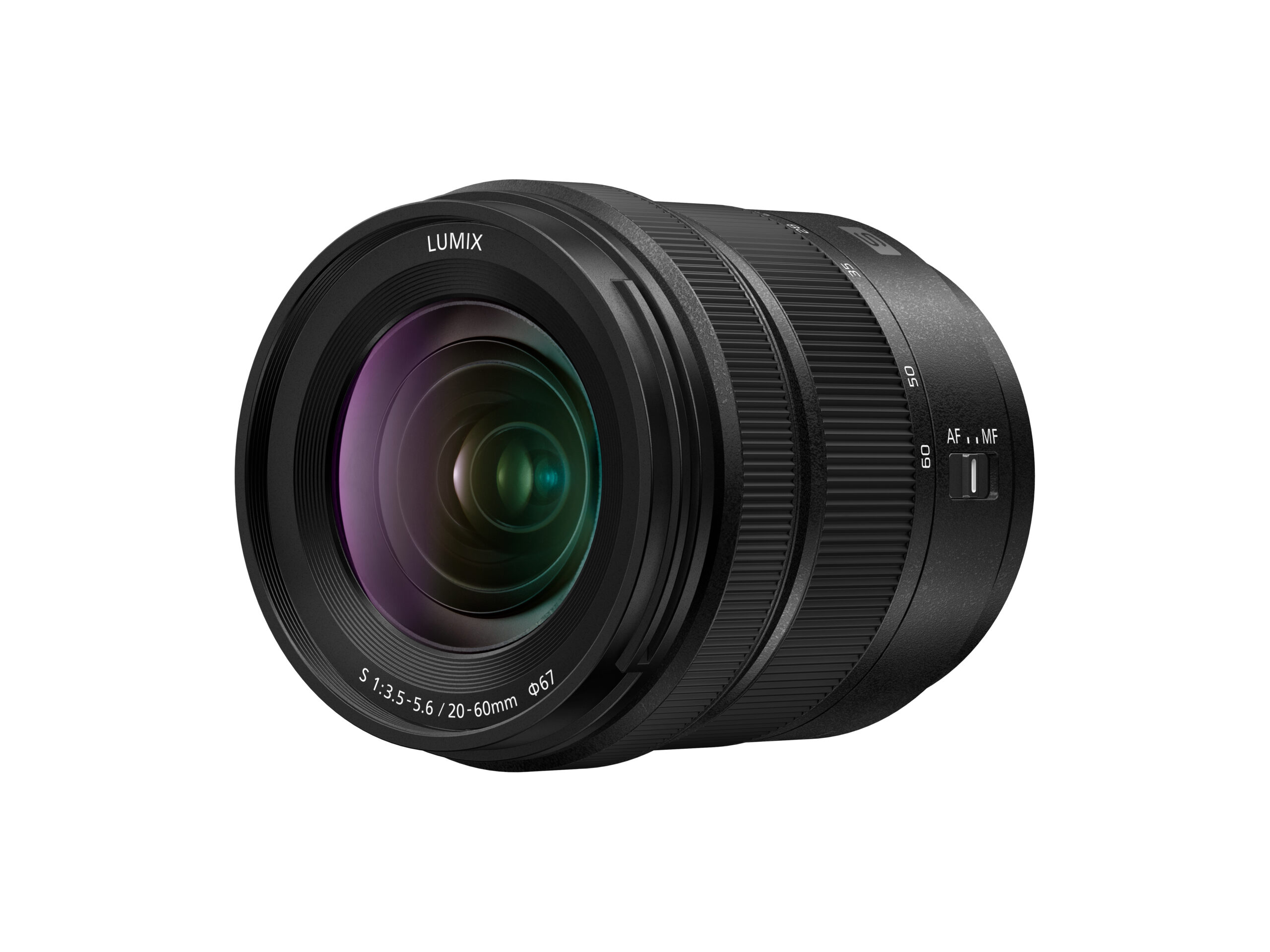
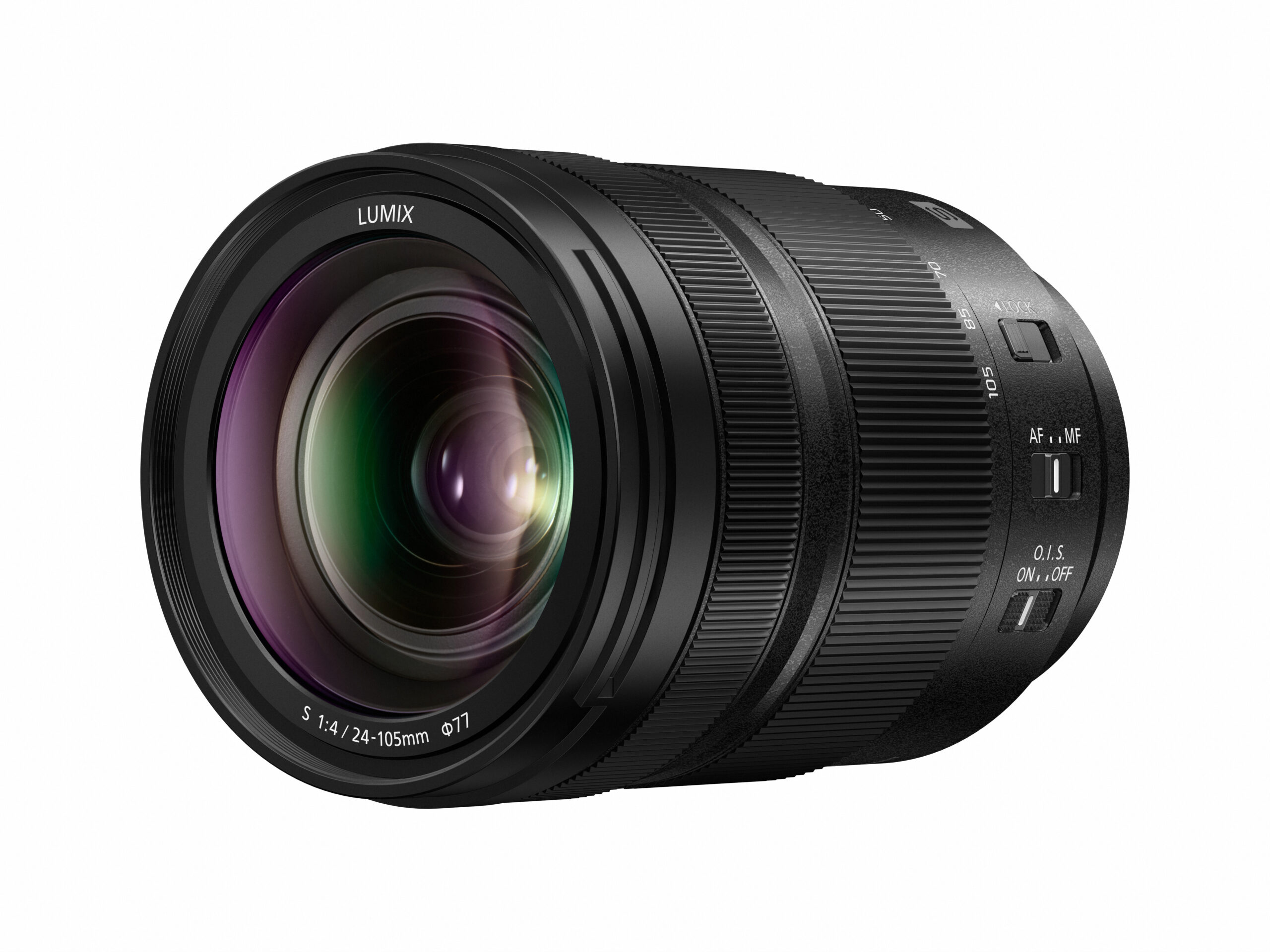
The two “kit” lenses supplied with the S5 (in addition to the 12-60, there is the excellent 24-105) are far better than you would think, and they come at a fraction of the cost of any of Leica’s L-mount lenses. Purists will ultimately deem them inferior, and I am sure they are. But they do the job, and they flatter the wallet.
My old friend Don Morley, a former photojournalist of wide acclaim and the man who scooped the world with close-up hostage coverage at Munich in 1972, loves both the Lumix 20-60 and 24-105 for their compact profile and the excellent results they produce. You’ll be surprised, he says, especially by the “cheap” 20-60 mm: “I have Sigma and Panasonic lenses for my SL as they are much lighter, but also so very good that I cannot imagine any genuine Leica made SL Lenses could actually be better, but could they? I wish I knew, but sadly I am unlikely to find out unless some kind person gives me the chance to do a back-to-back test’.
The S5 offers a 24 MP full-frame sensor in a package that is no larger or heavier than a high-end micro four-thirds outfit. The proposition is, therefore, that this lightweight kit from Panasonic can offer a respectable alternative to the CL.

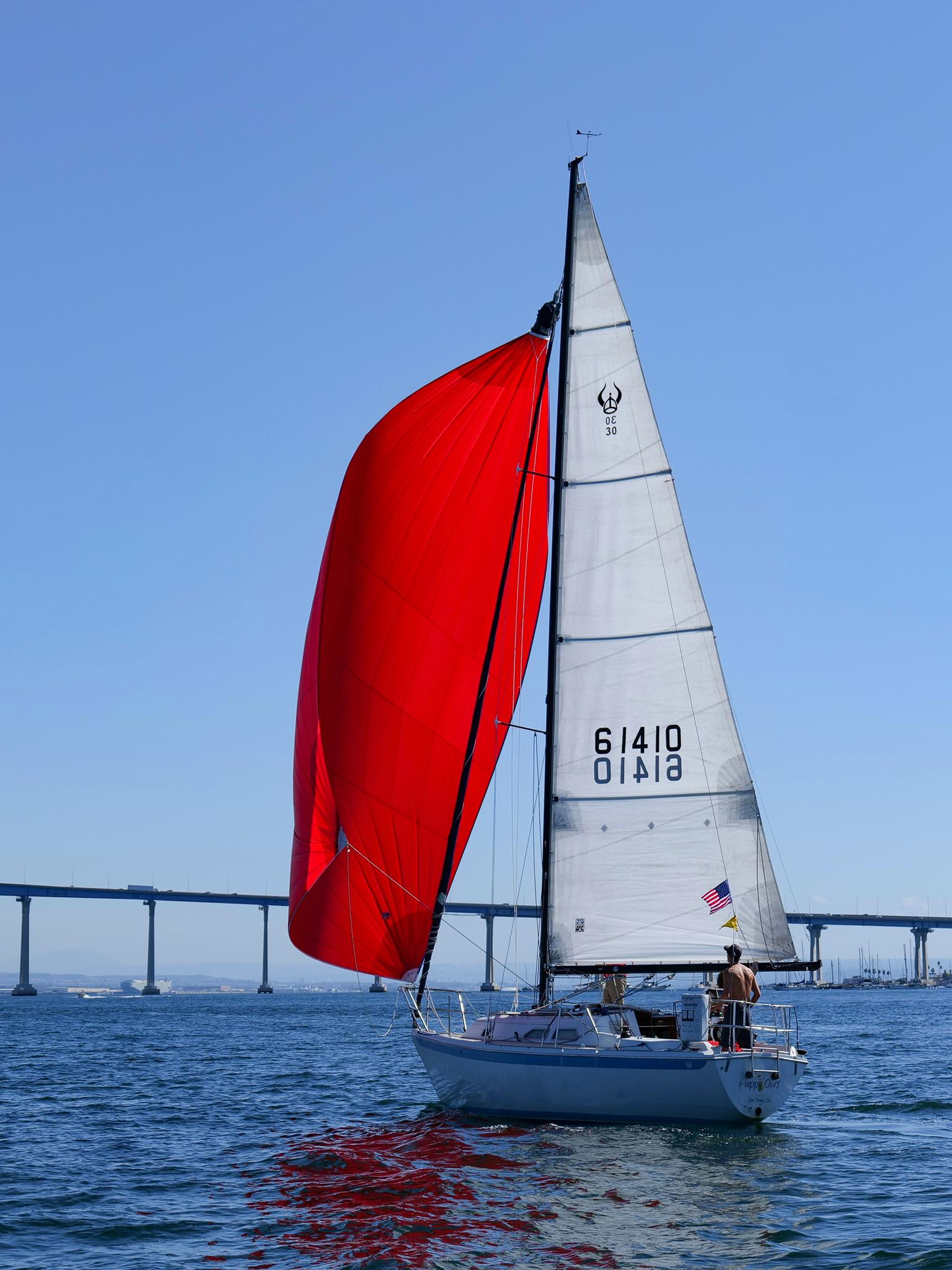
Keith James’ view
Macfilos contributor Keith James owns the S5 and several Lumix lenses, including the 24-70. He has also adopted longer Sigma lenses for his lightweight L-mount outfit. The results have been published in several of his articles. But let Keith take up the story:
“From my perspective, the Panasonic Lumix S5 represents a superb, budget-level entry into the L-mount Alliance ecosystem. Coupled with the excellent and equally wallet-friendly range of Lumix lenses, it offers a compact, lightweight, but extremely capable camera for photographers demanding an easily transportable set-up.
“With its 24MP sensor, in-body-image-stabilisation and tilting/rotating screen, it is no slouch in the features department either. Although its electronic viewfinder lags behind the current state-of-the-art devices, it has never prevented me from capturing a sharply focused image. The camera is also a gateway to higher-end lenses, such as the Sigma Art series or even Leica primes, all of which work flawlessly with this camera in my experience. I would highly recommend it.
J-P Rau on the S5
Another of our regular writers, Joerg-Peter Rau, is also a fan of the S5. In his article Entering the L-Mount world without breaking the bank he makes a very honest assessment of the little camera:
“The S5 is probably best described in one word: reasonable. It’s a down-to-earth 24-megapixel camera with all the advanced functions, but neither a high-end body nor (as you read sometimes) is it an entry-level camera. Its back-illuminated (BSI) sensor is rumoured to be the same as the one in the newer Leica SL2-S.
“In any case, it works well up to quite high ISO values (6400 with good results), it has powerful in-body image stabilisation (IBIS) with an improvement of up to five f-stops (I find that hard to prove, but I had no issues with blurred images due to shaking) and all the boxes you might want to tick (among them: two SD cards, unlimited video recording which I use professionally, tiltable rear display).
“But there have been a few economies in the S5: The top-plate display was omitted, and the electronic viewfinder sports only 2.36 megapixels (the camera’s biggest weakness). On the other hand, Panasonic is generous in supplying a USB C charger that can reload the battery either in the camera itself or with an included external charger. I prefer the latter by far because I can continue to use the camera while the spare battery is being filled up. But if every gram counts, you can stick to one battery and recharge it at any opportunity from any sufficiently powerful USB device.
“If you pick up the S5, you’ll probably take to it right away. It is not heavy (checked at 730 grams with battery, two SD cards and mount cover), it feels sturdy (magnesium chassis and a rubberised skin with excellent grip), and all dials and switches are in the right places. Sure, it lacks the cool style of a Leica SL and the modernist look of the new Canon R cameras. But I want a tool with convincing ergonomics, and the S5 is simply good in this field. The reliable autofocus technology also contributes to the overall impression. Having shot mainly landscapes so far, I cannot comment on the frequent complaint that Panasonic’s contrast-based autofocus system was slower or less precise than the phase autofocus technology of other manufacturers or hybrid systems. For me, it was good enough.”
Love hate
So there we have it. As the owner of an SL2, I have a love-hate relationship with the camera. It’s a wonderful device to use, intuitive, ergonomically excellent and capable of superb results. And I just love the latest Leica menus. But it is too heavy for me to use as an everyday camera. It does come into its own for events, especially when used in conjunction with the superb 24-90 Vario-Elmarit. I love that zoom and its results. But, again, it is a hefty beast and not for casual photography. The relatively inexpensive Panasonic 24-105 is a strong competitor on size and weight alone.
The Panasonic Lumix S5 is a great additional body to use for more general photography, including walking the streets. It takes all your Leica lenses, including the 24-90 of which I am so fond and fond, and, of course, any TL lenses you have lying around. I’m not going to say that the bargain Lumix lenses can better the Leica 24-90 zoom, but it offers very respectable competition despite its slower f/3.5-5.6 aperture range.
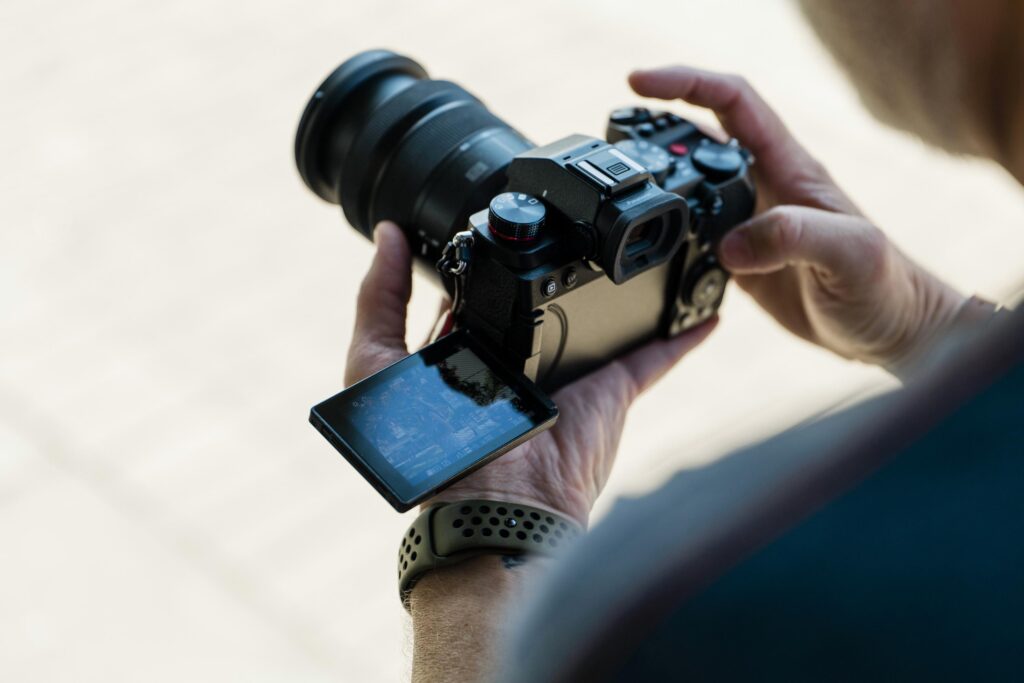
In conclusion, the Lumix S5 is definitely not a replacement for the CL in terms of portability. But in every other respect, it is, in fact, a worthy alternative. You can find other full-frame cameras that are as small and convenient, but they are all outside the L-Mount system.
Lateral thinking
If you are prepared to think laterally, the S5 is a good proposition if you wish to use your existing L lenses. Even better for M lenses. I believe that M lenses are always better suited to a full-frame sensor because of the unwelcome lengthening of the equivalent focal length. You need ultra wide-angle M lenses, which many rangefinder users do not own, to achieve the popular focal lengths between 24 and 35 mm.
It is tempting to imagine Leica rebuilding the S5 into a mini SL, but this is wishful thinking. If Leica did adopt the S5 (or its successor with, we trust, a higher-resolution viewfinder), it would have to be a rebadging in the time-honoured tradition of the V Lux and D Lux. I just don’t think it will happen. Meanwhile, the S5 is there, oven ready for the keen SL fan.
Read more on the Panasonic S5
Read more on the Leica SL2
Read more from Keith James
Read more from Jörg-Peter Rau
Want to contribute an article to Macfilos? It’s easy. Just click the “Write for Us” button. We’ll help with the writing and guide you through the process.

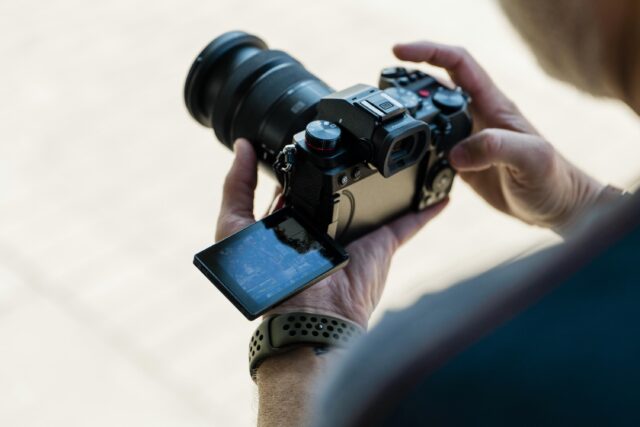
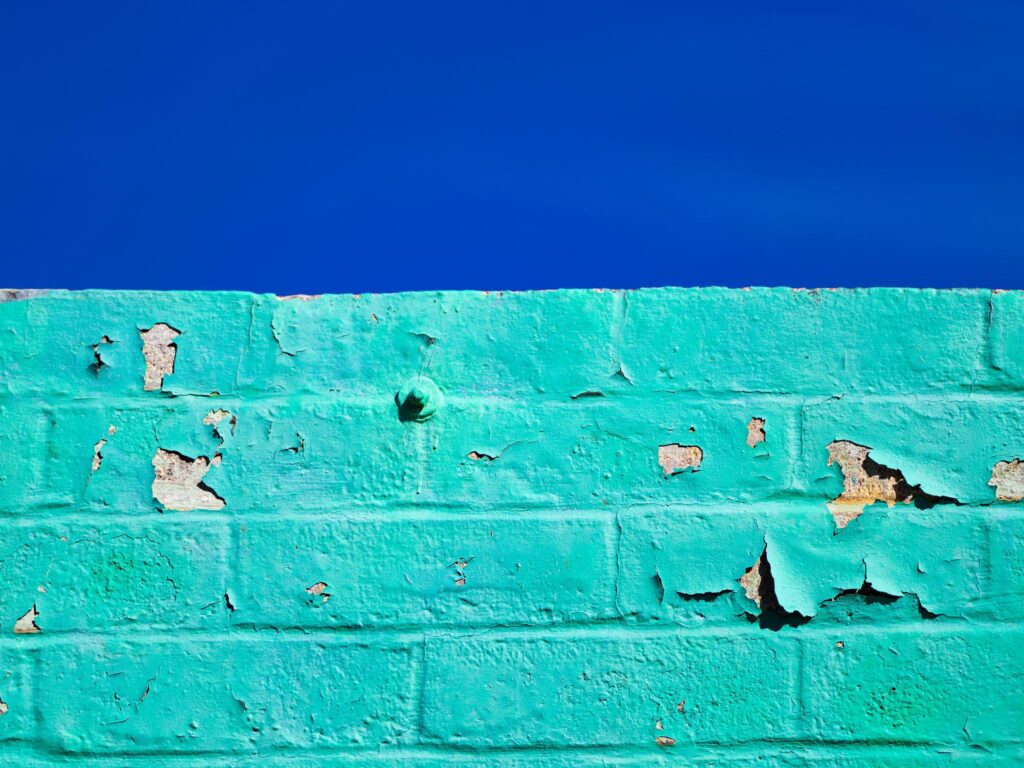
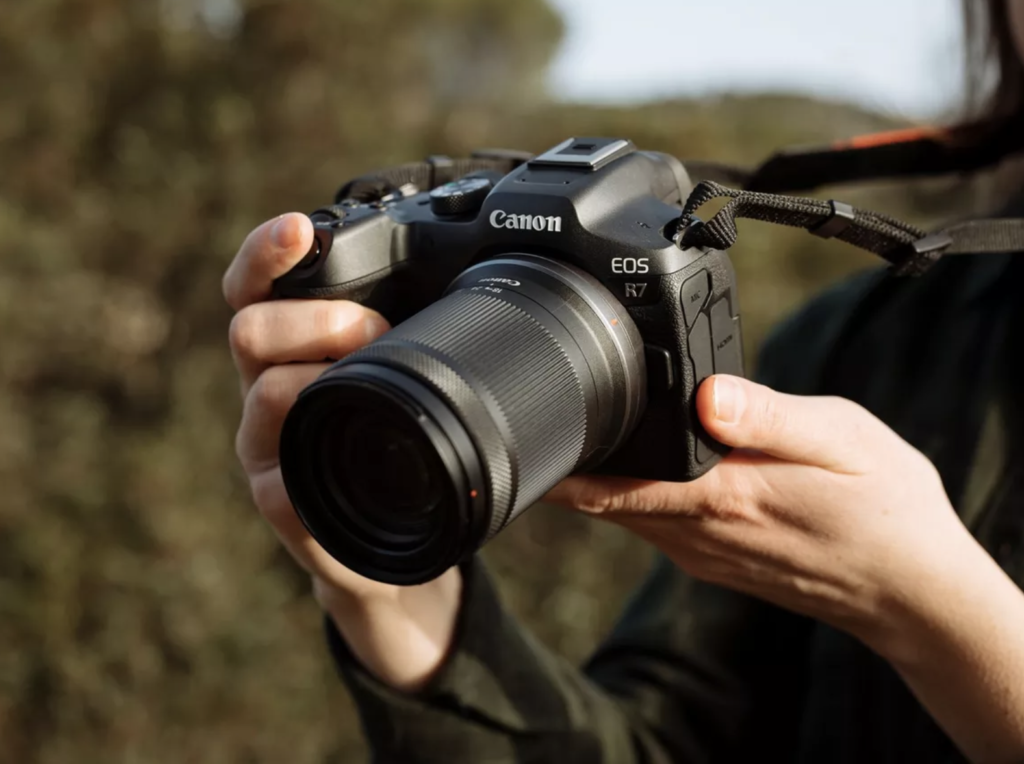
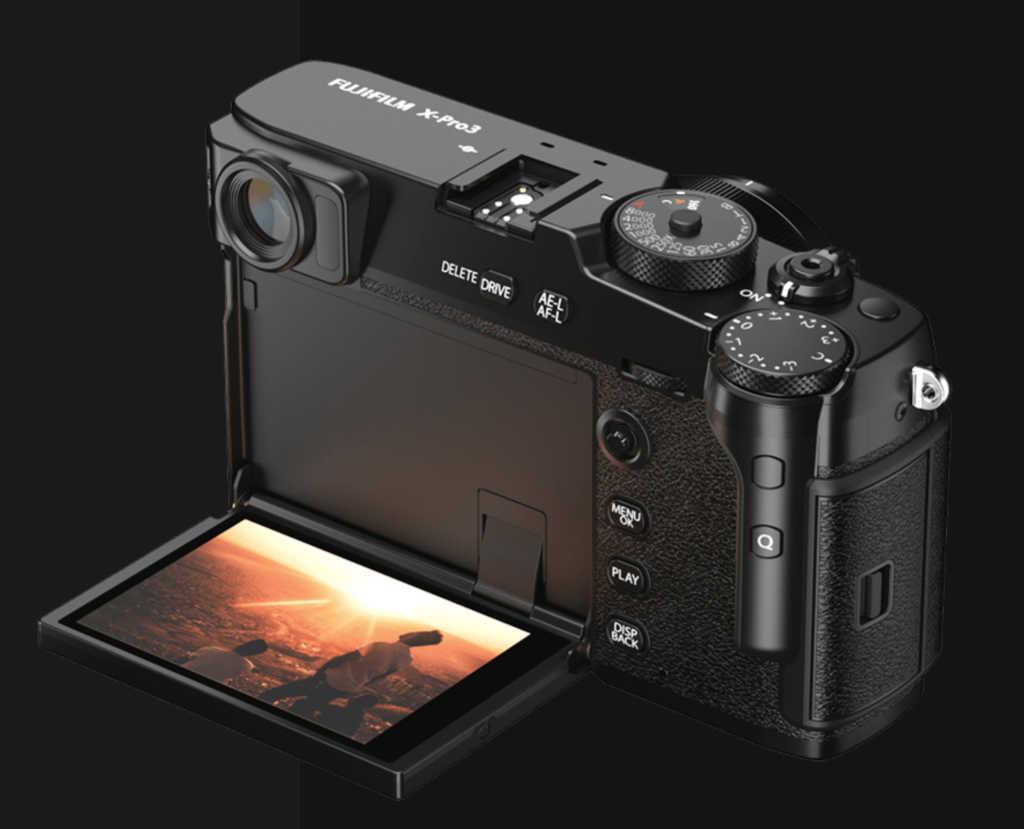
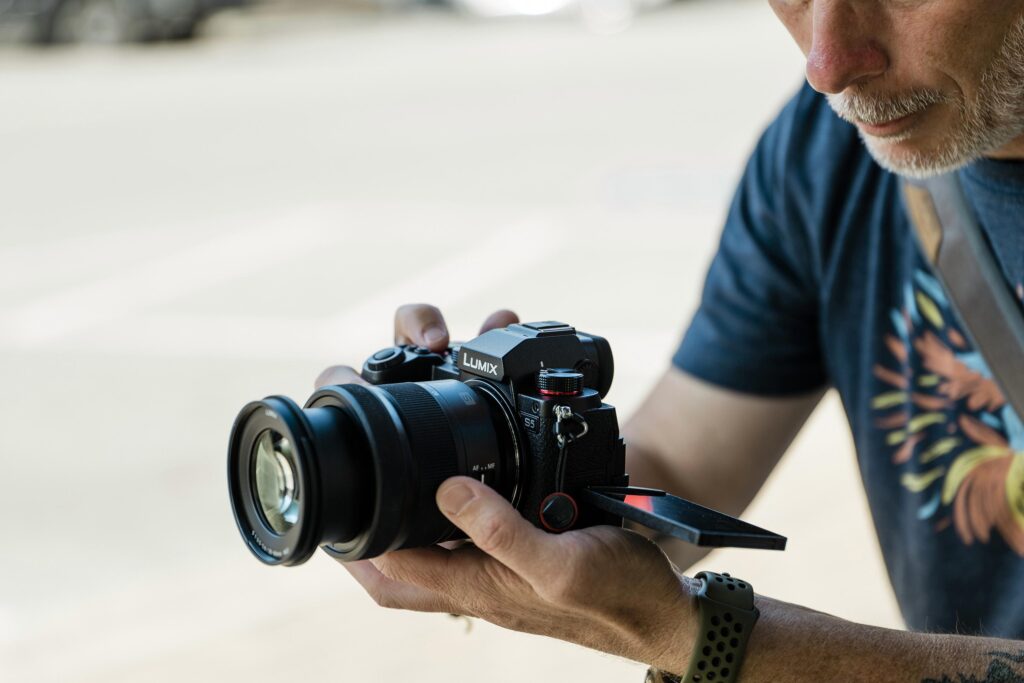
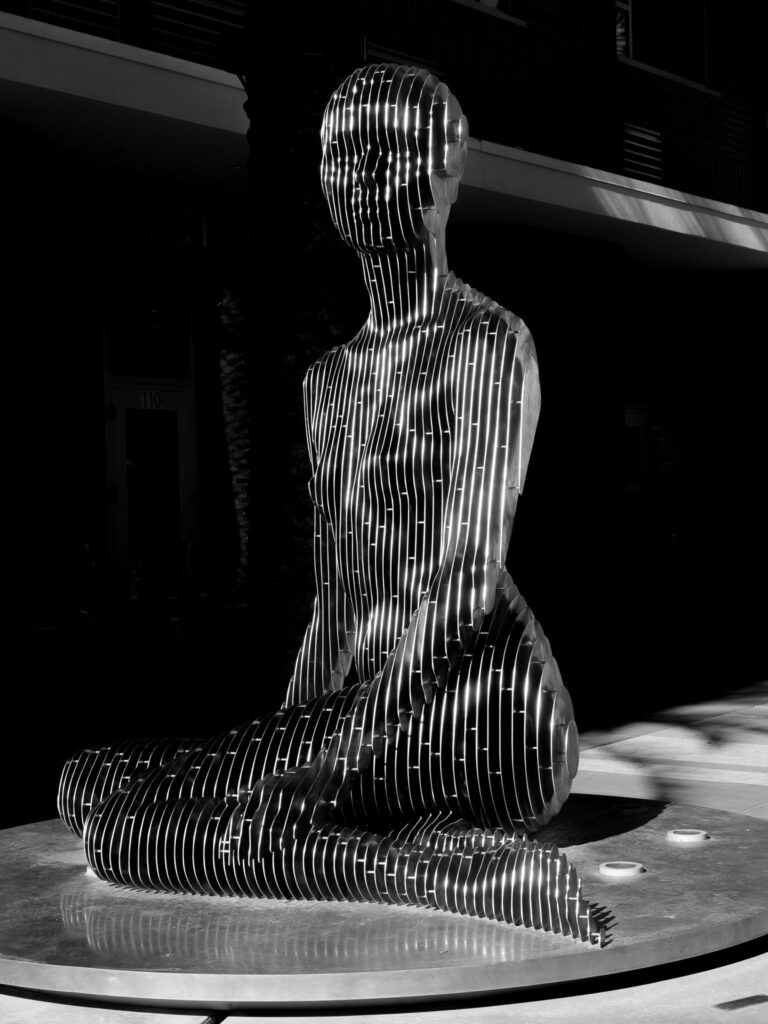
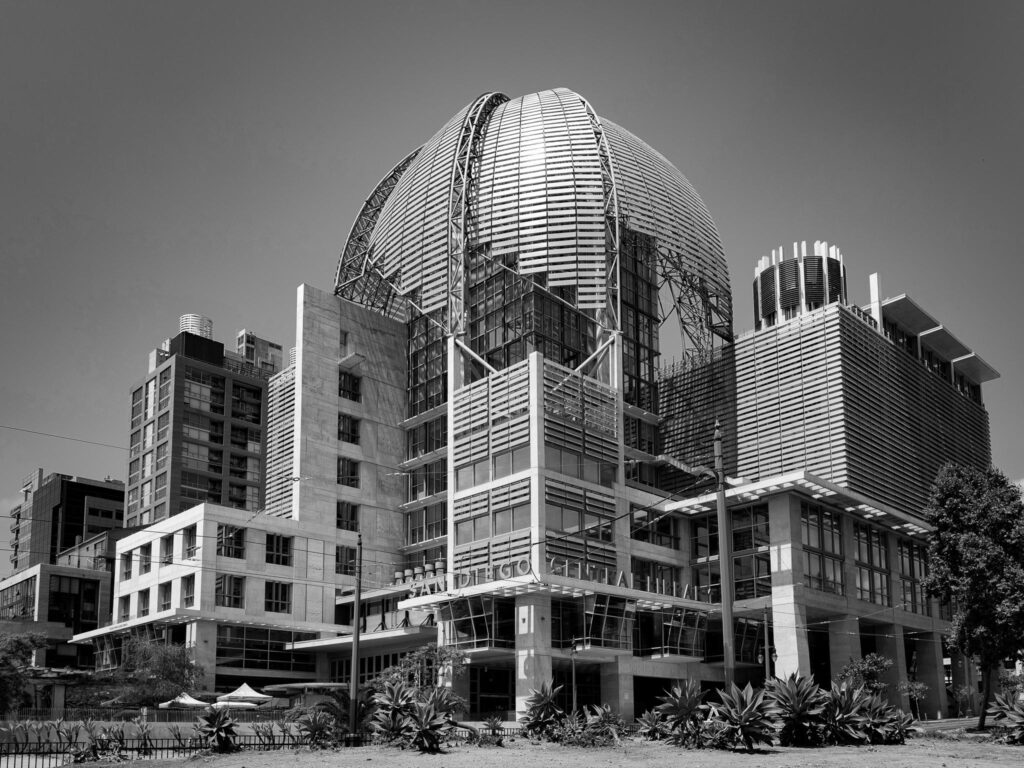


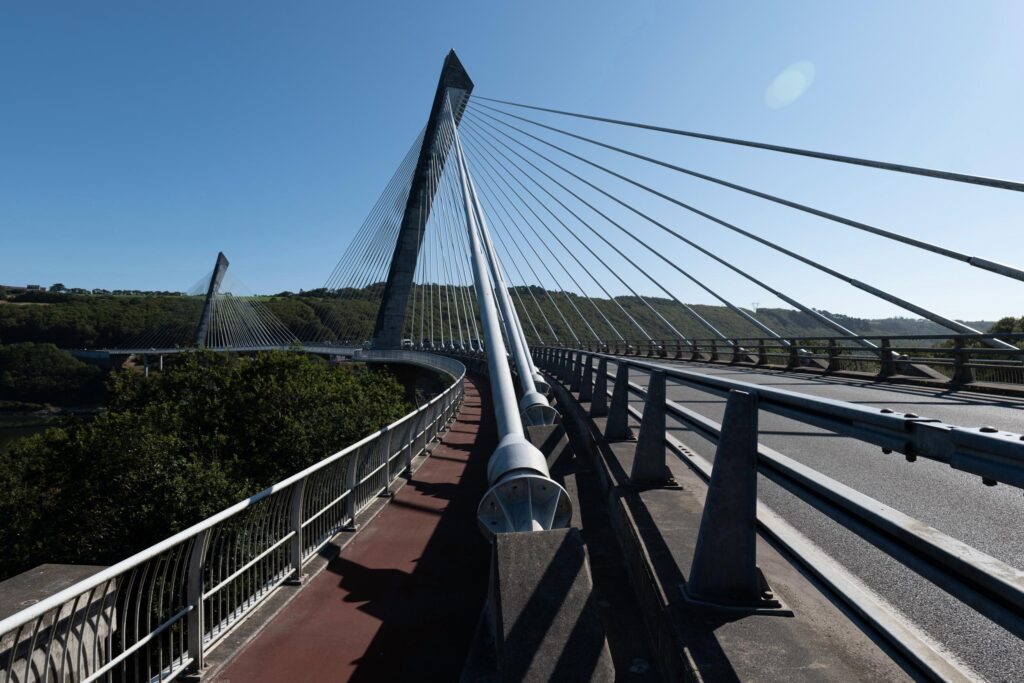
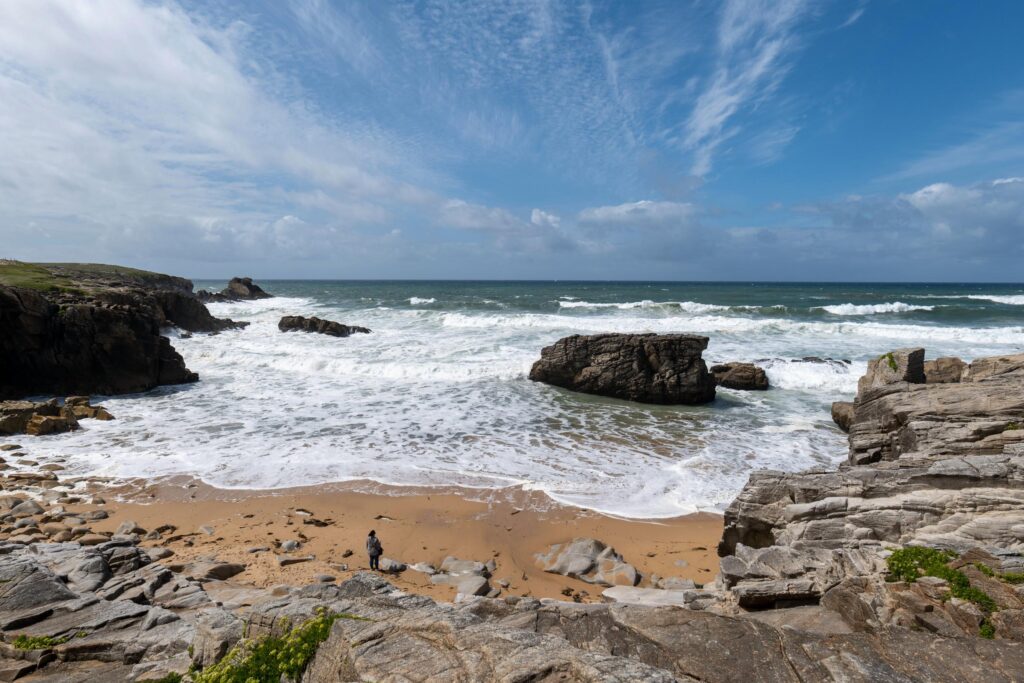
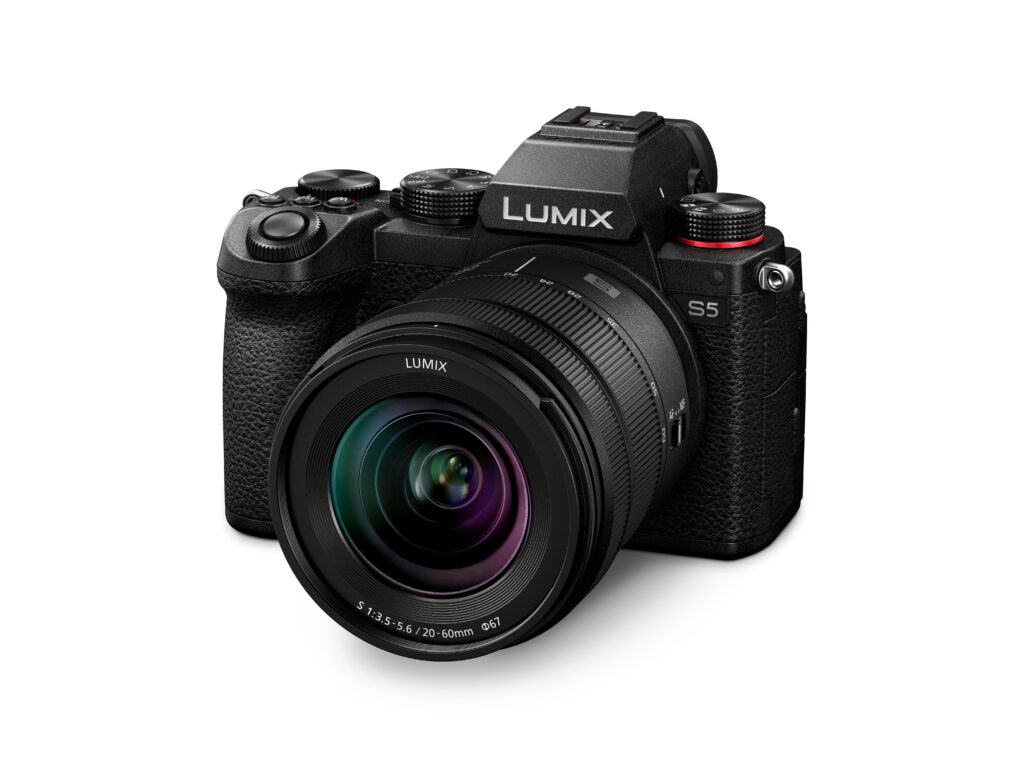




For me, yes the rendering of CL is very good but the lenses and the total cost of ownership left me in cold.
The best lens 35 TL is a bit too big for CL and if you start adding FF m mount lenses , then it doesnt make sense to me.
E.g. to get a 35mm view, you need 24mm lens. Not many M owners have that wide angle.
The small 23mm is not bad but lookwise it is pretty un-leica and the aperture is not f2 for closer distances?
I eventually went for Fuji and been happy with haptics, overall IQ, etc.
Agree. But the Elmarit 18 is the LENS for CL, IMO. It makes a 28, not so far from 35; super compact and sharp. Additional good ones are compact M lenses plus adapter.
You make a good point, Mahesh, on the crop-factor problem when using M lenses on APS-C cameras, including of course the CL and TL. Few M owners have ultra-wide angle lenses to enable them to achieve, say, 28mm equivalence on APS-C. I’ve always felt this to be a disadvantage and it’s one reason why I am now happy to stick with full-frame and put up with the added weight. In all conscience, though, the S5 is not a big burden. These days, though, I have to say that I am less interested in using M lenses on anything other than the rangefinder. I prefer to take advantage of autofocus where it is available.
I more and more think autofocus modern lens beats the rangefinder lenses… wonder the why of an M evf camera. Still keep a Nokton 40 though, making an interesting 60 in CL. Many times tempted by the different versions of Voigtlander 15, but never got it
I can understand how faithful CL users feel about the discontinuation of the line but to be honest I never saw much point in getting into the Leica L APS-C system. It might have been the cheapest Leica-branded system but did it offer anything exceptional that no other APS-C system offered? I’m not convinced.
I got into the Leica M system primarily because I love rangefinder cameras and secondly because of the superlative small FF lenses that are available in that mount. There’s no real competition in that niche.
I can understand the attractiveness of those superlative SL FF lenses, I enjoyed the X1 while I had one and find the Q line pretty unique.
But what was really the USP of the Leica APS-C line?
There are a few TL lenses that you can match pretty much anything: 11-23, 35, 60, and 55-135.
The camera itself is compact and light, very easy to setup and use the way you want it. The complexity and warts of the camera interface in contrast to to other camera brands are well hidden. I looked at Fuji and Sony before buying a CL and they frankly left me cold.
The USP of the Leica CL system was that it was Leica – quality craftsmanship that nobody equals in full frame or APS-C, the files from Leica are distinctive, the haptics are lovely except for wandering focus point. My second choice for APS-C would be Fujifilm as the xtrans raw processing is much improved lately and great in Capture One. However nice the Fujifilm is, it definitely does not have the luxury craftsmanship of Leica but then the price is certainly a lot lower than Leica.
The problem that stopped me from buying a CL system was that the lens options after release ended abruptly- not unlike the SL system. I eagerly returned to the L mount system when the Leica, Panasonic, Sigma alliance happened. Unfortunately, this did not occur for the APS-C so Fujifilm will continue to be the compelling option for enthusiasts and professionals- there are so many sensational lens options.
My final thought is; pension Stefan Daniels off instead of the CL system. Eek, suddenly I cannot log into Leica site!
I’ll stick to my Ricoh GXR and my 28 and 50mm lenses and my X2. The Raw files of both cameras are a pleasure to process
If you want to remain in the APS-C sized cameras and lenses then I see Fuji being the only serious contender based on the lens choices for the system. Canon and Nikon aren’t currently offering any APS-C lenses that come close to the TL lens quality, and Sony isn’t much better. Sure you can put on full frame compact prime lenses like the Nikon f1.8 series, but the zoom choices tend to be more price focused than quality focused. For me, that is what made the Leica TL/CL offering unique, a set of very high quality lenses on bodies that were sufficient, but not great. I can learn to work around the camera body shortfalls, but you can’t do the same for lens quality as easily.
I still keep a Fuji Xpro1. I agree (this order recent models) doesn’t replace a CL: it’s evf is rather unusable, although optical viewfinder is really pleasing and menus remained still very simple.
There is no reasonable alternative to the CL system. When you look at the range of lenses, their quality and the system weight and size, I have yet to find anything comparable. I own Fuji – no contest on those criteria. Anything requiring full frame lenses will be larger as well. I also have an M11… which is terrific, but no substitute for the CL and its range of lenses. Leica blew it. Simple. Frustrating.
I think most readers agree with you, Rüdiger. But the perception that lens development had stopped, and that Leica probably wouldn’t build a CL2 was not a good sales pitch. Box tickets were inevitably drawn to other marquees at lower prices, leaving the CL to Leica diehards, most of whom had shrewdly bought. I suspect Leica saw little future on continuing. Pity, of course, but there’s always the second-hand market.
The Panasonic S5 is a under appreciated camera but if it had the Leica name on it and the higher price it would be better appreciated by the snob faction of Leica customers. My CL alternative is the Leica M11. I often use manual focus and it is compact and a great alternative to my AF SL2-S and the file quality is reminiscent of my M9 so it is looking for a new home.
My other choice for a CL alternative if I had to have AF would be the spectacular Fujifilm XPRO 3.
I think we mostly all agree on this, Brian. The S5 is under-appreciated and, if it went on sale with the Leica brand it would indeed attract a new audience, especially if rumours and tests point to a bit of Leica stardust springing (such as Leicafied JPG processing. It would make just as much sense as, say, the Sigma-based “cheap” 24-70 zoom.
As for the M11, or any other M for that matter, it is still the paramount street camera when fitted with a 28 or 35 set to zone focus — and an honourable mention to the Ricoh GRIII brings added portability at the expense of a missing viewfinder.
Hello Brian I agree with your choice of Fuji being the best CL Replacement option although for various reasons I prefer the older X-Pro2 to the X-Pro3. Although I regard myself first and foremost as a Leica man I have dallied with several of the different Fuji models over the years starting with the X-Pro 1 back in 2012 when I was so massively impressed I actually thought this was THE camera Leica should have made.
I think I was using two M8’s as my normal M type cameras back then at a time when Leica themselves were still advertising ‘A Leica Is For Life’ Some hopes as mine soon suffered all of the soon to be infamous M8 problems whereas later on my M9’s proved even worse and if I am completely honest I know now I should have stuck with Fuji.
Later on I bought a Fuji X-Pro 2 outfit just to try alongside such as my various M and screw Leica’s X-Vario, T TL2 CL SL and Q and although I did not keep the Fuji or any of its lenses I still rate it and it’s optics as being quite the nicest and best thought out ‘User’ system I have ever used.
Optically maybe the Fuji zooms were not quite as sharp as those made for Leica for the CL BUT with VERY little in it and than all so tiny difference was more than compensated for in my view via the Fuji lenses all being much faster or wider aperture, however like a idiot I wanted to stay loyal to Leica and so sold the Fuji’s and instead invested more more heavily into the CL system.
I still have my T, CL outfit, SL outfit, X-Vario and the truly wonderful Q, and so despite my continuing love for Fuji cameras and lenses I have no plans to change anything for now other than I might just decide to update my Q to a Q2. But not a new one as I no longer wish to spend as much as another penny with Leica themselves. So please note I am open to Q2 offers should anyone out there wish to sell me one.!
Sadly the last paragraph from Don pretty accurately describes my own state of mind as well. At this point I would actually rather die than spend another penny with Leica… I currently have 8 Leica cameras, I will most likely continue to shoot Leica for a very long time but the likelihood that I add any new Leica gear is pretty small, the idea is to replace the non-M gear with other brands over time, the M itself I am not sure about, I like the M but an M11-P will most likely cost $10K or more and that gives me pause…
Lots of options if you aren’t desperate to buy a new camera…
Used CLs
Used compact film cameras ( you might enjoy them more than you think )
Ricoh GR digital series
The Fuji’s you mentioned…
The Q ( also mentioned )
I would just buy a used CL, and because it’s not a new camera, you won’t feel too precious about it.
You’ll still be using a Leica and have Leica system compatibility.
I got used to the extra weight of the SL2s and it doesn’t bother me now since it fits in my backpack nicely and there are (thanks Sigma ) compact lenses available for it.
Good advice, Stephen.
Dont Forget Pixii !!!!!
No, we definitely haven’t forgotten. But J-P Rau has tried to contact them without success. If they want us to write about the camera we need to see and handle one. I haven’t seen any reviews so buying one is a leap of faith. If we could get hold of one we would have a much better idea of whether or not we could recommend it. Mike
So for me this article led to me taking stock, and researching a few facts about the current crop of camera’s I own – purely as I had never looked at some of the stats stated here.
My Leica X typ 113 – weighs in at 486g with a battery – and looking at my latest batch of images, really still gives me bang for buck.
More interestingly, my Nikon Df, weighs in apparently at, 765g with a memory card and battery in it.
Based on the data here, that puts it between the S5 and the GH6 – and perhaps with better lowlight capability. My 50mm lens weights very little on top of that, and you do wonder if the new inspirational tool of choice, is perhaps filled with bloatware, or being over inflated to the masses, and actually weighs more than some of the outgoing equipment.
Looking at this I’d say buy a Df and land between the lot, with a proven camera that has been around for years – ah! but, perhaps my peers are miles ahead of me here – they are almost impossible to find now. I am clearly behind the curve on this front.
I really am disappointed though that Leica has seen off its low end market – as that leaves drawing people in down to luck, and hope – both of which can bite you on the behind, regardless of this years accounts.
Perhaps CL can live long. I sold my Sigma lens though: I see no future in aps-c L mount
Well, after some agony I´ve finally found the perfect CL alternative for me. And, it is (fanfare here…) – my 12 y o M9!
Short history: around 3 years ago, I felt the M gear was ready for some rest, so I visited my dealer and tried the CL. Immediately, I was put off by that pesky moving focus point (I was prepared, after reading about it here, and it was even worse than I had imagined). So, I left with a D-Lux 7 instead, thinking I just saved a lot of money.
Only, that PanaLeica just wasn´t it, not for me it wasn´t. Lots of buttons everywhere, lots of inane menu items, not so much Leica feeling, to say the least. So, some months ago, I gave up and sold it. By now, it was clear that the CL would not get either new, improved firmware, nor a successor. What I did was radically different: I bought a tiny Ricoh IIIx, with 40 mm (eq) lens. I already owned, and quite liked, an old GR I, but that 28 mm field was just too wide for me. 40 mm was just right; I had already reached that stage of maturity (senility/laziness, you name it) where I just left the house with one lens. on my camera, almost always a 35 or 50. And, those Ricohs are GOOD!
But, now I was without a viewfinder! Earlier, I had tried add-on ones on some cameras, both optical and EVF´s without much success. So, at last I finally thought: ”Is it REALLY that much of a trouble to just carry that M9) (or, at times the Monochrom 1) with one tiny lens attached? Those few extra grams gave me all the simple, unencumbered handling, that glorious real-time view, and that incredible image quality that I just took for granted before starting my meandering. And, having used M Leicas since the 1970´es, handling them was just intuitive.
So that´s it. My alternative to anything newer, be it Leica, Canon, Panasonic, or whatever. Just waiting for me in my cupboard, paid for long, long ago.
And, that Ricoh GRIIIx is VERY convenient at parties, meetings, and similar occasions.
This sounds much like my own journey. I too love the Ricoh GR (III, not x in my case) and the M11 (standing in for your M9) is a great walk-around camera with, as you say, a tiny lens attached. I often use the f/5.6 Summaron at f/11 and zone focus which gives the quickest “auto focus” you could wish for. Having sold all my CL/TL gear over a year ago (for the same reasons you mention) I have no great desire to go back to APS-C.
The Panasonic S5 and Leica SL2 are my two big-boy AF cameras, but the S5 is the one that is easier to carry around. It’s bulkier but not a lot heavier than the M11. It’s all a matter of what suits the individual best.
For the time being I will hang onto my CL and assorted lenses as it’s a joy to use, easy to carry and produces results that are more than reasonable for me. Until it breaks I will happily keep using it all.
But I bought a Q2 which is a terrific camera (no need to add more superlatives and better qualified people than me have already done that) and presents a nice alternative challenge to the CL. I’m still developing muscle memory but greatly enjoying the results. If “Wilson” or “Adidas” turn up I’m not sure I would bother to upgrade. The Q2 is more than enough.
I also own the Q2 and wouldn’t disagree with anything here. The original Q was my favourite travel camera and the Q2 is a worthy successor.
Regarding the Q2 platform, another possibility for those who are committed to black and white image making is the Q2 Monochrom.
It shares the same basic specs as the color Q2 except it has an ISO range of 100 to 100,000 giving the photographer a huge range of low light shooting capability. This is an improvement over the color Q2’s ISO range of 50 to 50000. The Q2 Monochrom’s ISO range is achieved by removing the color array and low pass filter. This camera offers outstanding capability and flexibility for low light image making.
Both the color Q2 and the Q2 Monochrom offer the user video capability, including 4K and full HD. The Q2 Monochrom sells for $400 more than the color version, but is well worth the investment for those who love black and white photography.
Again, agreed
Hi Herr, you are spot on. I loved the Q and I always skip at least one generation in cameras so may consider a Q3 monochrom but may go for a M11 monochrom as I have some m glass that are excited by the prospect.